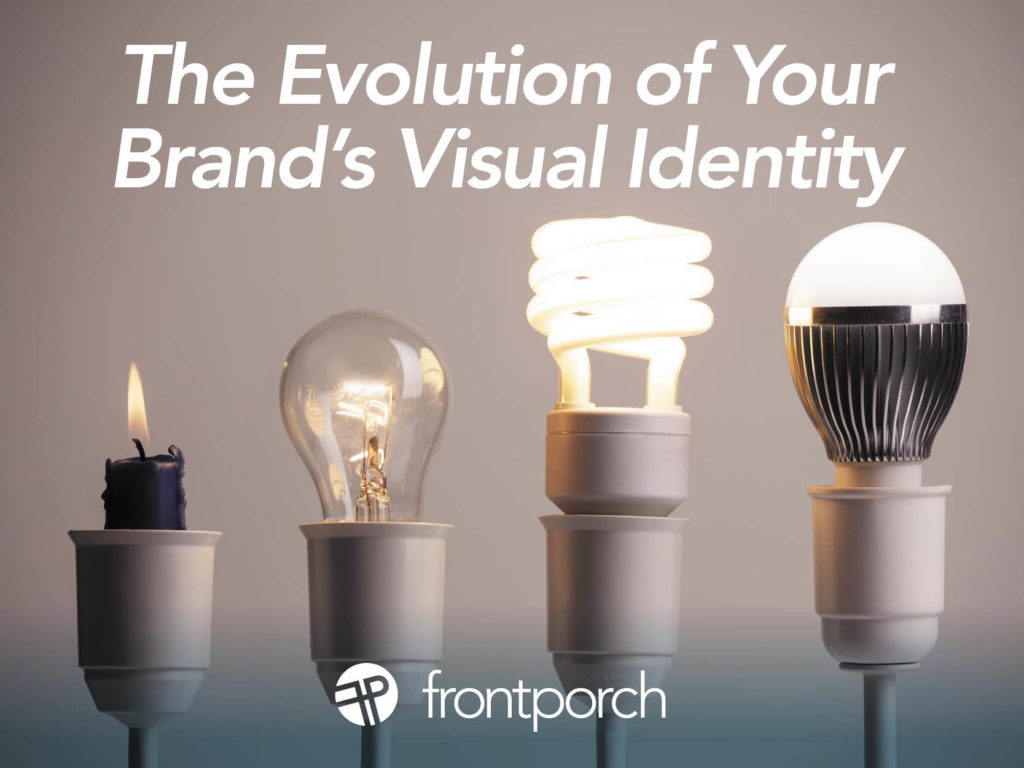
A brand’s visual identity is more than a logo or color palette — it’s the visual representation your business’s values, mission, and personality. For small businesses and non-profits, a well-crafted identity builds recognition and trust. However, as these organizations grow and evolve, branding may need to change to reflect new goals, audiences, or offerings.
Why Evolve Your Visual Identity?
The decision to update or overhaul a visual identity often stems from growth or change. Here are key reasons a brand might evolve:
- Business Expansion: As businesses introduce new services or products, their branding may no longer reflect the full scope of their offerings.
- Shifting Target Audience: As the organization grows, its audience may broaden, requiring visuals that appeal to a wider or different demographic.
- Modernization: Visual trends change over time, and keeping a brand fresh ensures it remains relevant.
- Increased Professionalism: Many small businesses and non-profits start with DIY branding. As they mature, a polished identity can better reflect their level of professionalism, and dial up the credibility.
Key Elements of a Visual Identity
When evolving a brand’s visual identity, several components come into play:
1. Logo
The logo is the anchor of a brand’s visual identity. A redesign might simplify or modernize it while maintaining familiar elements for consistency. Updating or streamlining symbols can make a logo more versatile and contemporary.
2. Color Palette
Color evokes emotion and conveys values. Refreshing a brand’s color palette can help better align it with the organization’s current mission. Updating colors to align with trends can also modernize a brand’s visual identity.
3. Typography
Fonts communicate personality and tone. As businesses mature, they may shift from playful fonts to more professional ones. Introducing new fonts or pairing complementary styles can enhance both readability and brand perception.
4. Imagery and Graphics
Visuals, such as icons and patterns, help communicate the brand’s personality. Evolving these elements to align with the brand’s current focus ensures a cohesive look. For instance, non-profits may shift from abstract graphics to real-world photography as they grow their impact.
The Visual Identity Refresh vs. Rebrand
When evolving a visual identity, it’s important to determine whether your organization needs a refresh or a full rebrand. A refresh updates key elements (like colors or fonts) while keeping the core identity intact. This option is ideal for businesses looking to modernize without losing recognition. A rebrand is a complete overhaul, suitable for organizations undergoing significant shifts in their focus or mission.
Impact of a Refreshed Visual Identity
A refreshed visual identity signals growth and professionalism. It can attract new customers or supporters and keep your existing audience engaged. Modernizing your brand positions you as adaptable and forward-thinking, creating stronger emotional connections with your audience. Evolving with purpose is the goal.
For small businesses and non-profits, evolving a brand’s visual identity is about aligning with new goals and audiences. Thoughtful updates can amplify your message, improve recognition, and ultimately lead to greater success. Whether you’re expanding your business or growing your non-profit’s impact, evolving your visual identity ensures you stay relevant and resonate with the people you serve.
